Pattern
The human eye loves patterns. Because we’re so strongly drawn to them, designers use them frequently. And as a designer who works with a camera, you can take advantage of the appeal of patterns.
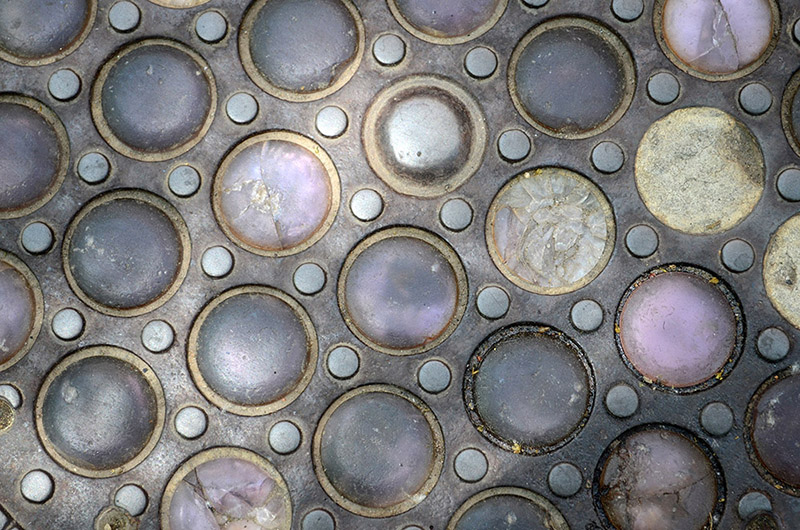
Nikon D7000, 55mm (18-55mm), 1/125, F/5.6, ISO 500
Because these are so common, they aren’t hard to find and include in your photography. But be careful that what you capture is your own work. Here the composition and the broken glass helps me introduce something new that the person who designed this didn’t create. However, I’d be a lot less comfortable taking pictures of fabric patters. It’s all too easy for something like that to be nothing more than an unimaginative recreation of another artist’s work (possibly even a copyright infringement).
I feel a lot more comfortable photographing patterns in architecture. Often patterns in architecture are designed for function as much as – if not more than – aesthetics. Buildings also tend to invite viewing from many different angles, and they don’t move around while you’re repositioning your camera. Thus you have a lot of creative freedom.
Further, there’s enough of a difference between a photo and a building that the question of copyright isn’t as likely to rear its ugly head.
iPhone
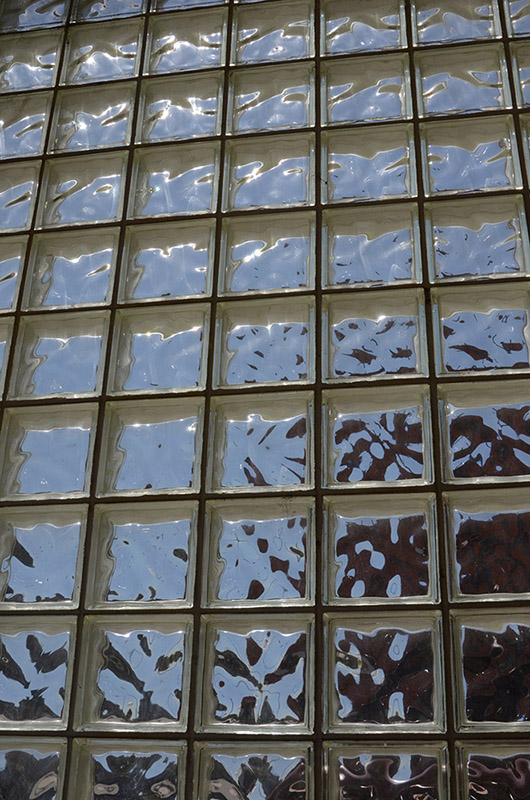
Nikon D7000, 28mm (28-200mm), 1/640, F/13, ISO 500
There’s just something about pattern that makes me want to disrupt it, introducing an element that doesn’t fit, that breaks up the regular repetition. This is actually a really good way to draw attention to whatever object “doesn’t belong.”

Nikon D7000, 200mm (28-200mm), 1/2500, F/6.3, ISO 500

We generally think of patterns as repeating sets of clear shapes, but thinner shapes and even lines can also form patterns.
Film
Patterns can even emerge from apparent chaos. In this image the radiating lines seem to come from central points scattered randomly through the composition. But if you give this image a closer look, you’ll see the regular pattern the umbrellas are arranged in.
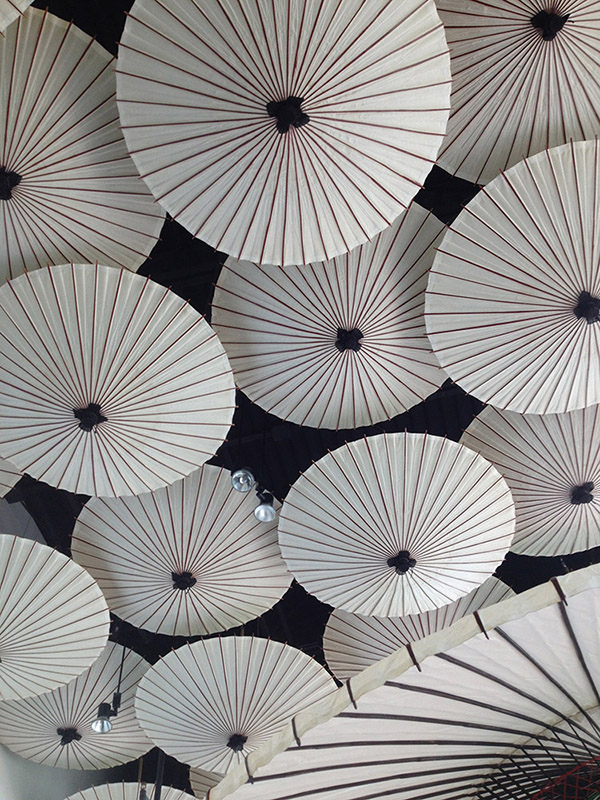
iPhone

You can use other elements of photography to enhance the sense of pattern. As shot, this photo of the roof of the Astrodome included a lot of details (girders, pipes and the like) that distracted from the sense of pattern. But by increasing the contrast, I got all the grey details to dissolve and leave me with a pattern of pure blacks and whites.
Film
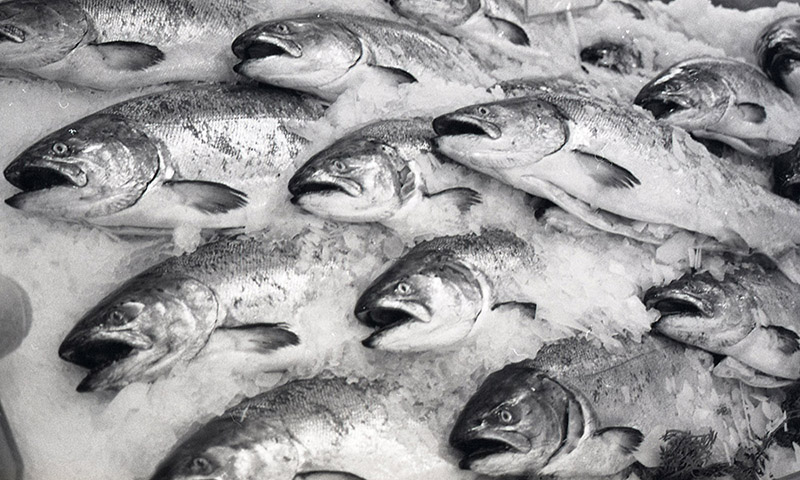
Film
You can change the feel of a pattern simply by shifting the angle of your camera. Compare this shot ...
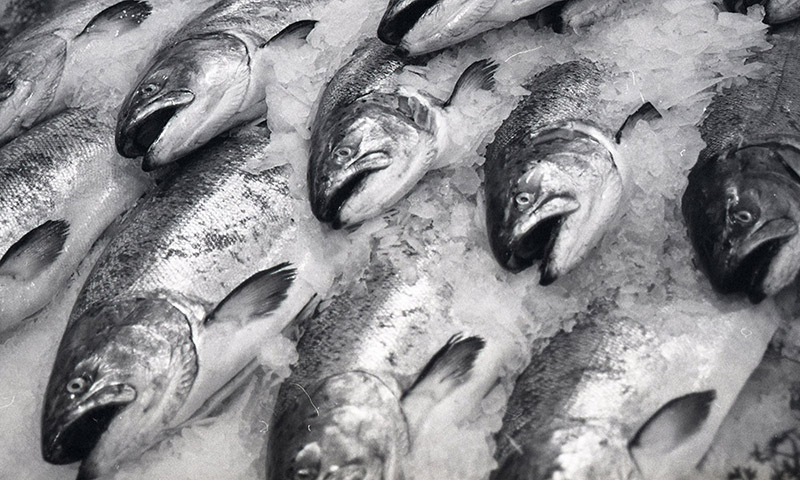
Film
... with this one. Though neither is “right” or “wrong,” they’re certainly two different patterns. The only technical difference is a small change in how the camera is held.
This one’s a bit of a cheat in a basic level sketch exercise, because it uses specialized equipment (a Lensbaby Control Freak) to do strange things with the focus. But I’m including it here to encourage you to get creative with your approach to pattern. Use what you know about how your camera works to create patterns that are more than just patterns.
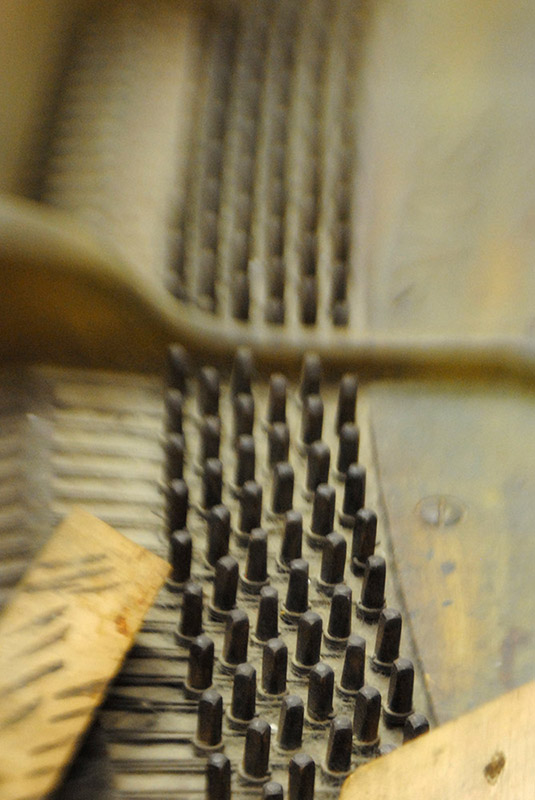
Nikon D3000, Lensbaby Control Freak, 1/125, ISO 800
